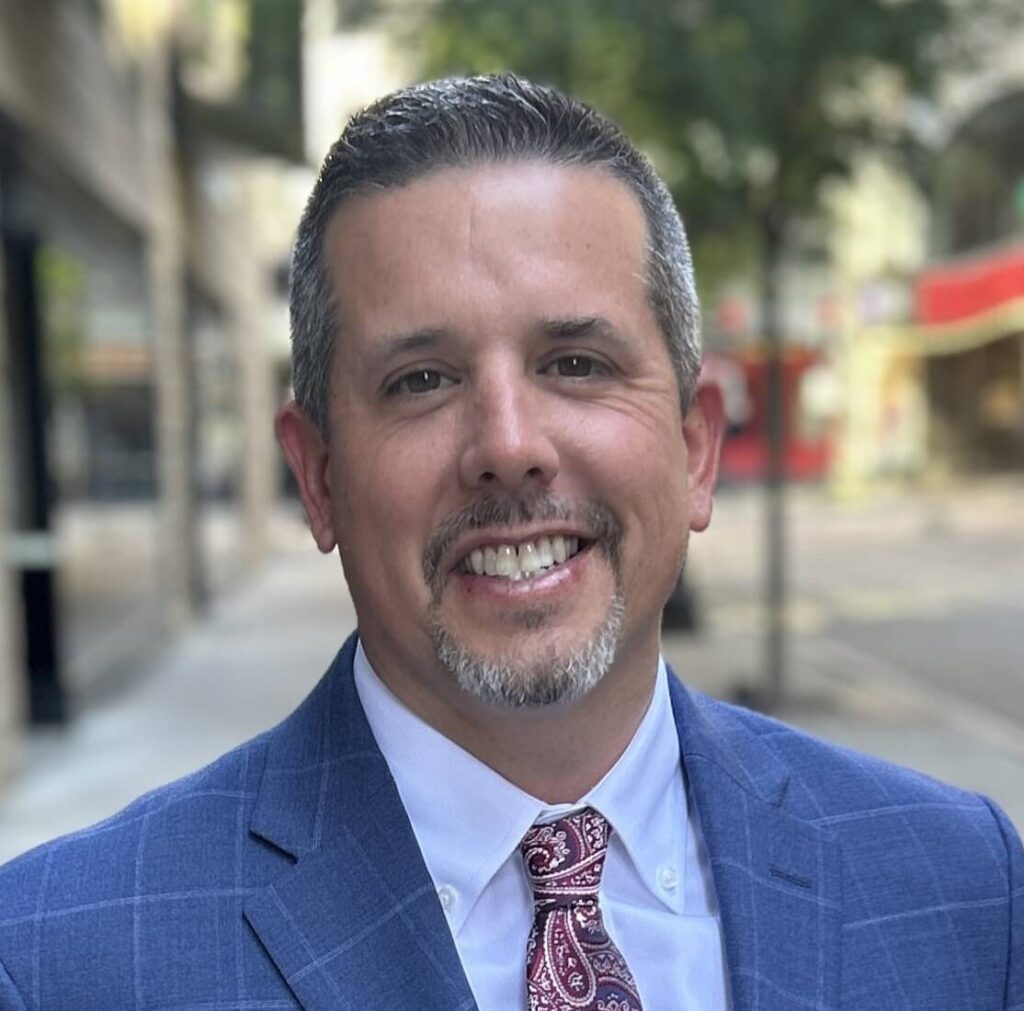Engineer Better Outcomes with Better Data Visibility
Most mid-market companies track the obvious metrics such as revenue, margins, utilization rates. But when we dig into their operations, we consistently find that the data they’re watching isn’t telling them where to actually focus their attention. They’re measuring outcomes instead of the inputs that drive those outcomes. The result is that even strong operators end up reacting to lagging indicators instead of managing the levers that actually move them.But there’s one question that still trips up even seasoned professionals:










